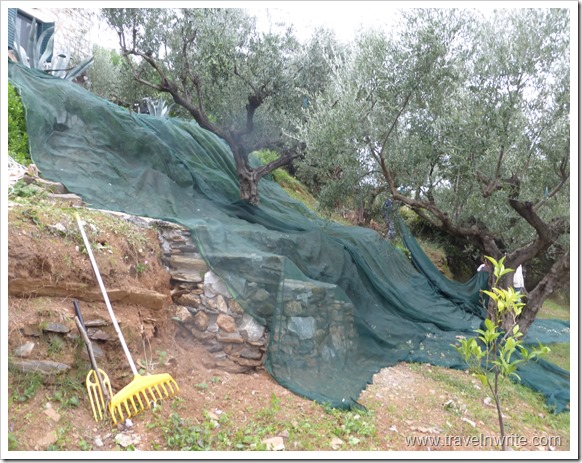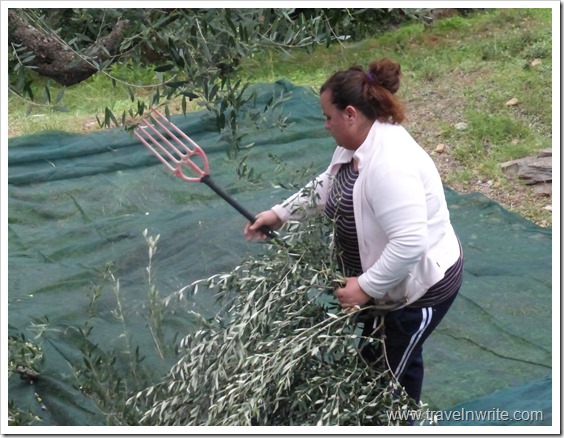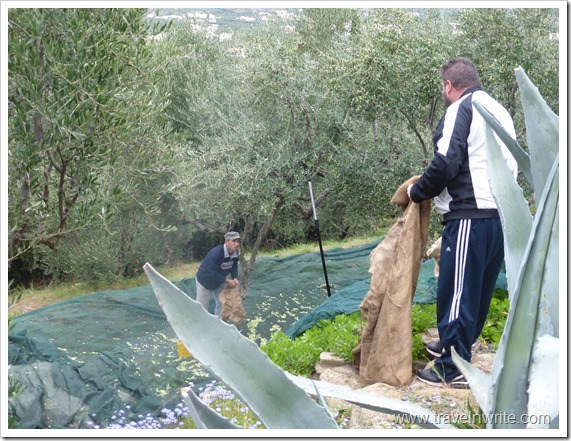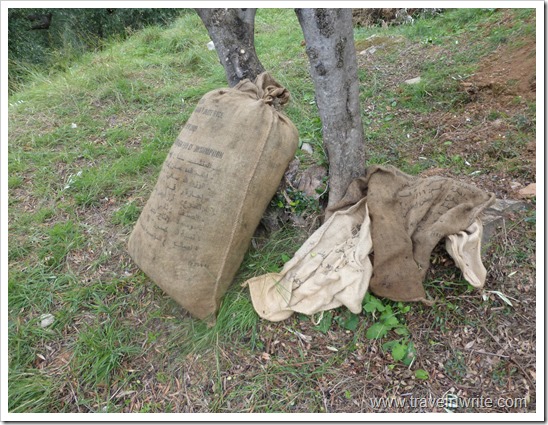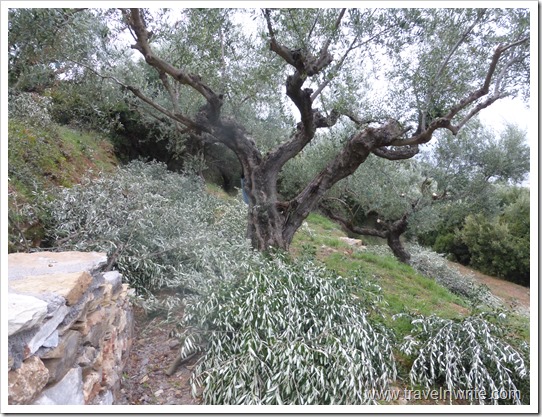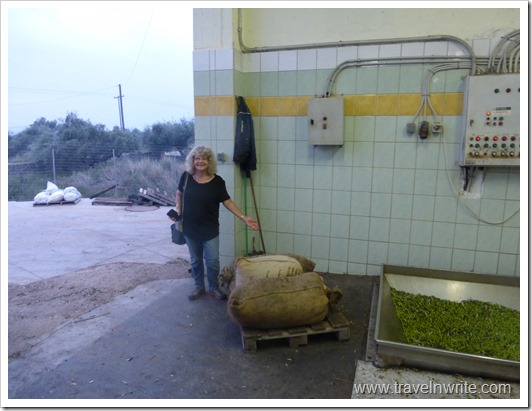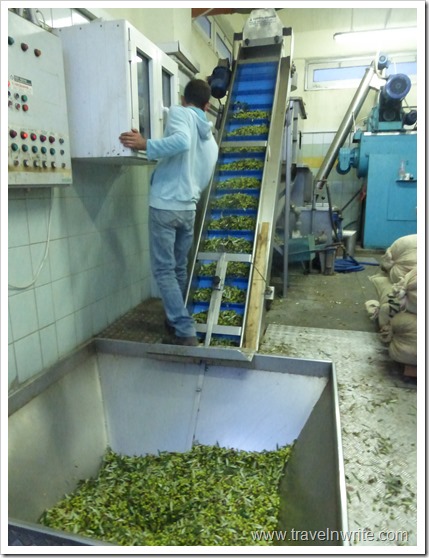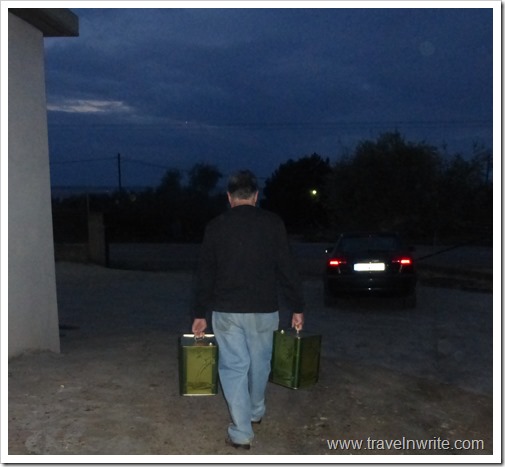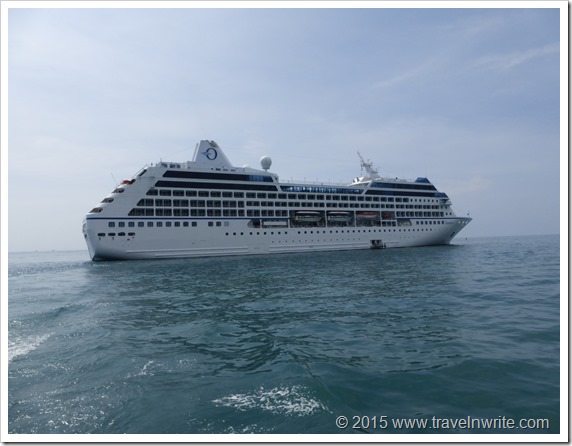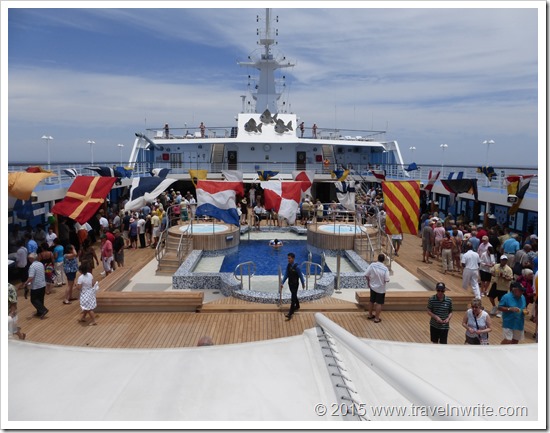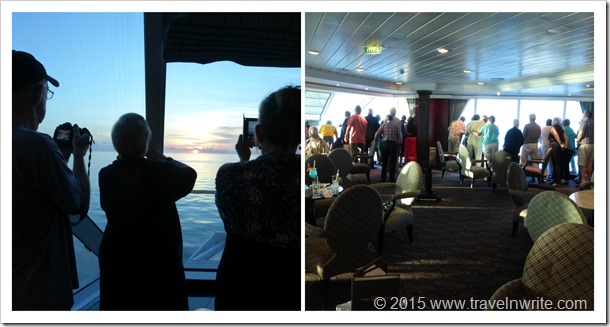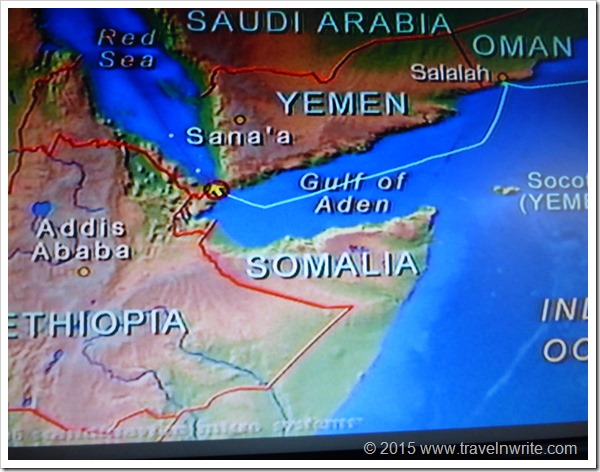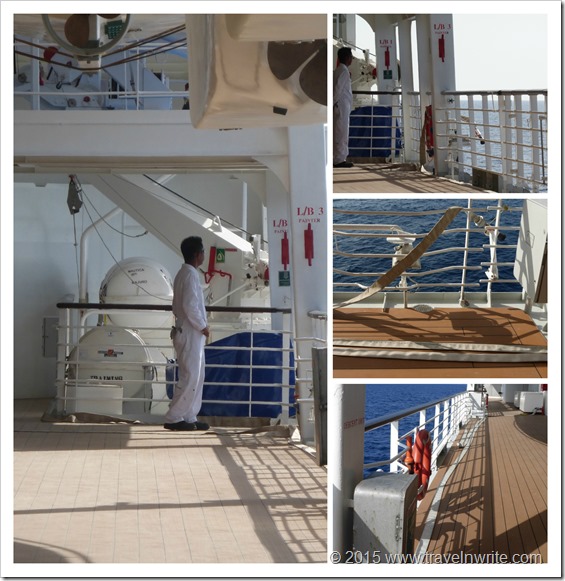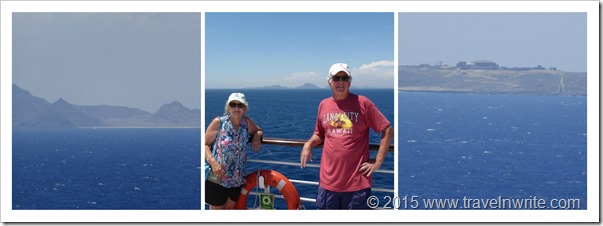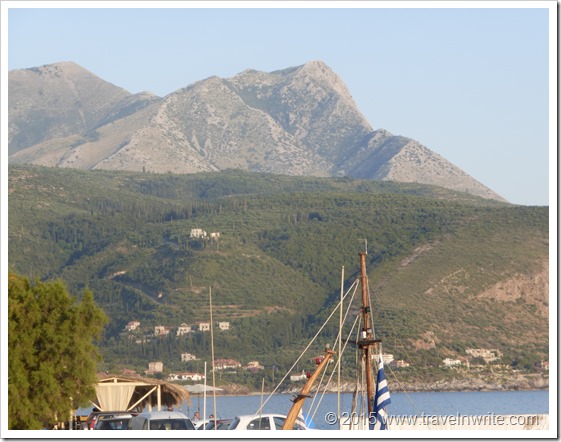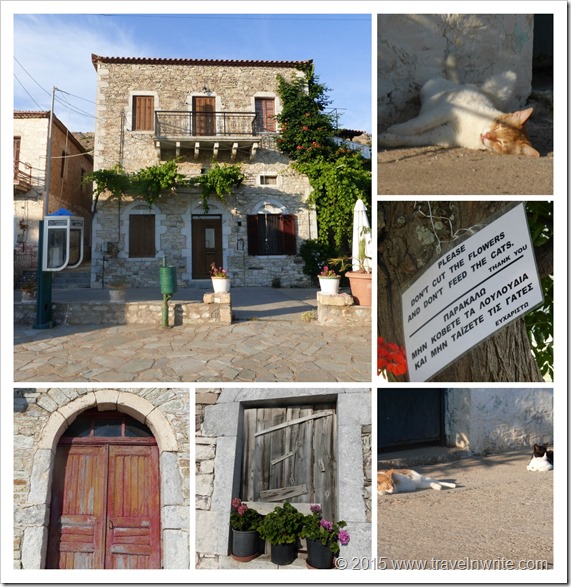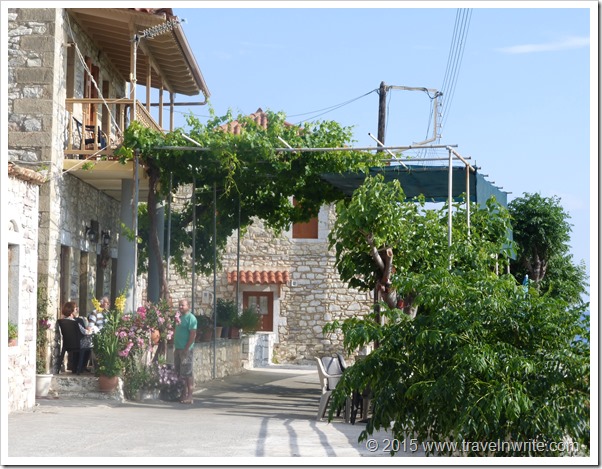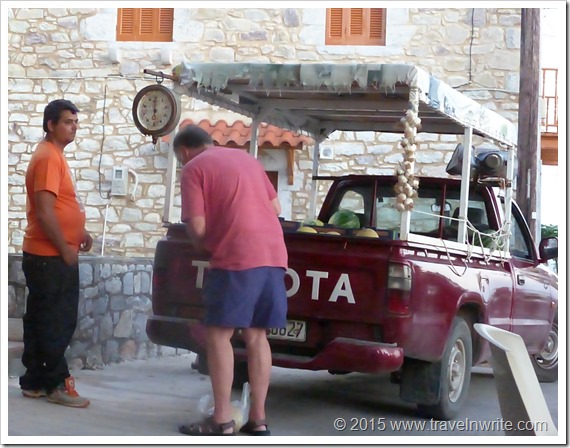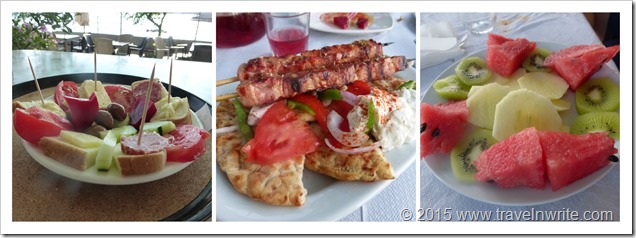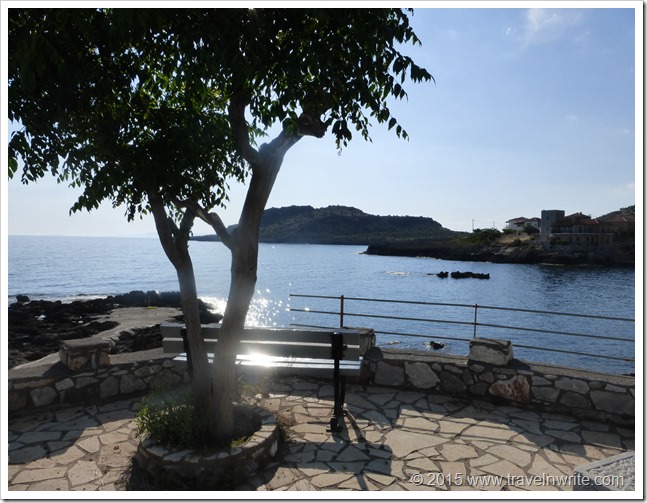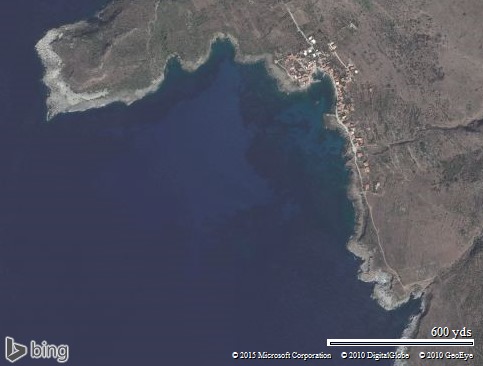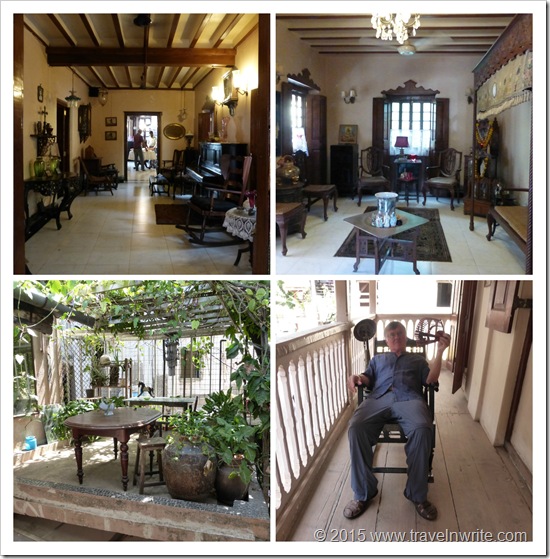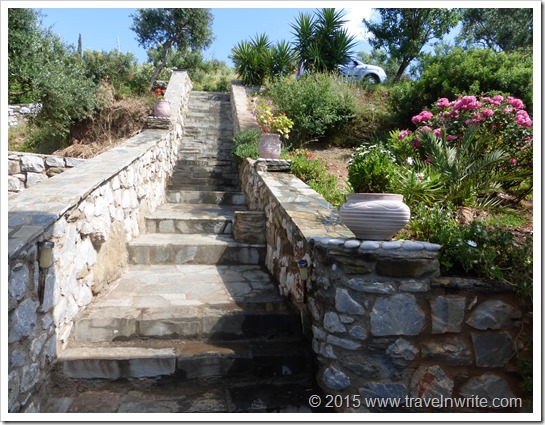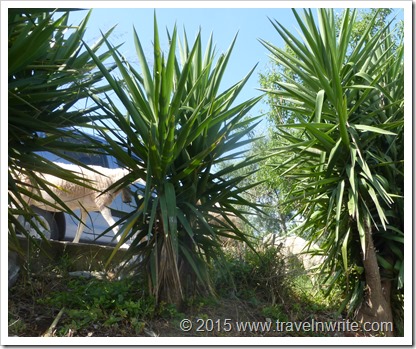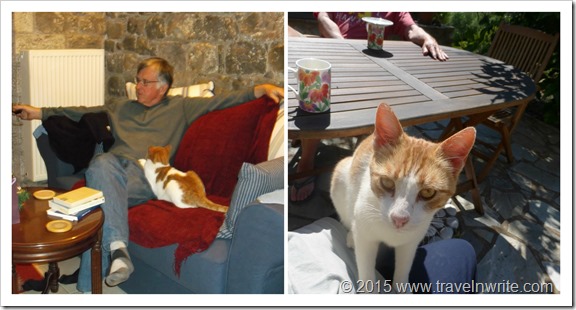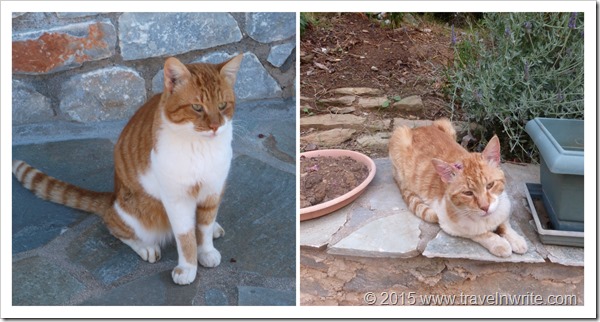‘Do I have time to bake my cake before we leave?’ I called out to The Scout in the middle of an October afternoon. In a couple hours we were heading out to the village.
“How long will it take?” he replied.
“Well, I don’t know. I’ve never baked a cake in Greece before.”
For the most part, our adjustment to daily life in the Greek Peloponnese has been remarkably easy. But still we have had to stretch ourselves out of that old staid state-of-being we’d slipped into back in the States.
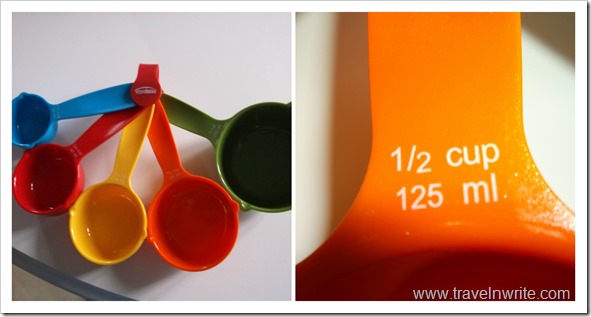 |
| My measuring spoons in Greece |
Many contemporaries of ours - those of a ‘boomer-age’ – often sing the praises of apps and games on on their devices which they are using to keep their aging minds sharp. We’ve opted to do the same by experiencing a new culture and country. Our choice isn’t for everyone - It certainly isn’t always a piece of cake – but your brain will get exercised and the exercise often results in some good laughs. Both of which, research shows, helps keep you young!
That Piece of Cake
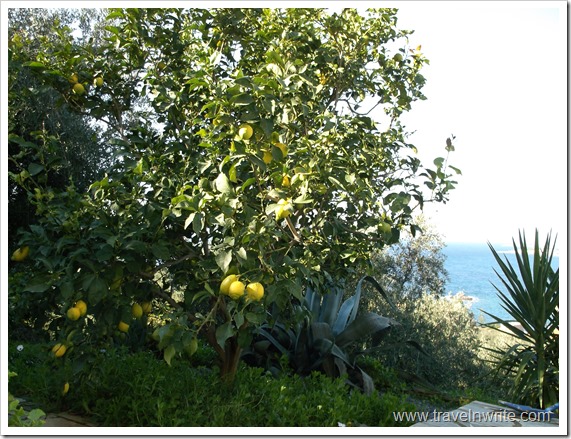 |
| Our lemon crop at The Stone House on the Hill |
Somewhere in the ex pat fantasy world of mine (fueled by Frances Mayes in Tuscany and Julia Child in France), I’d envisioned myself creating culinary feasts in this new home of ours. It seemed that baking a cake would be a good start - not just any cake, mind you, but a lemon drizzle cake made from scratch with lemons plucked off the tree just outside the kitchen. Doesn’t that just sound like a Julia and not a Jackie ambition?
In preparation, I signed up for Pinterest and for months collected recipes so that I could put my plan into action. Reality set in during the first few weeks last winter at our Stone House on the Hill. I discovered that the stove didn’t work nor did I have bake ware, measuring cups or mixing bowls. No cake baking that time. (When life gives you lemons, give them to a friend. We did and she baked us a cake in return!)
Logistics of Life
 |
| New stove and granite counter tops were added in spring |
During our spring stay we replaced the stove (and installed a new countertop), but it was off season for the lemons. The baking would have to wait for fall.
A few weeks ago at the start of our autumn stay here I bought a loaf pan. I’d found a small mixing bowl in the cupboard and had purchased related equipment like the measuring spoons and cups (shown in the first photo). The kindly ladies at the grocery store helped me when I couldn’t figure out which package was cake flour (they all have grain on the front but some is for bread) and which was sugar (they have brown, large crystal, small crystal and powdered in opaque packages and are labeled in Greek). Flour and sugar purchased and armed with baking powder and baking soda I’d brought from the States. . .I was ready!
I picked out the recipe I would use from the many I had collected. Of course it called for two loaf pans so I would just mentally divide it and make half the recipe. . .
As Easy as baking a cake!
 |
| And so it began. . . |
Cream half a cup of butter. Hope I bought butter, it might be margarine. Oh well. Here goes: half cup is how many of those little lines on the butter package marked at 30 gram intervals? A tablespoon is 50 grams, isn’t it? Check the chart. Do some multiplication, divide than add a blob that looks like a half cup. Yes, I could have just used the measuring cup but remember, I am working at keeping my mind active – math equations do that. But why hadn’t I paid attention in school when they taught the metric system?
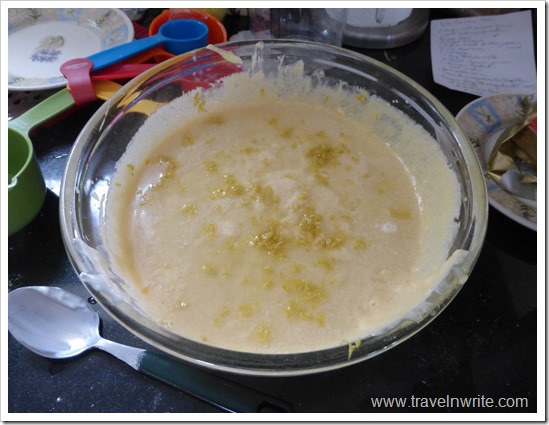 |
| Fresh lemon zest added to the batter |
‘Mix the butter and milk and slowly add sugar.’ Now how did we used to do that? (I used cake mixes back in the States on the rare occasions that I made cakes). OMG! I don’t have an electric mixer, let alone a food processor, I have a hand beater. Awkward, but it worked. And upper arm muscles got a workout as well as the mind.
‘Half cup of shortening’ – I’d missed that part when preparing the shopping list but wouldn’t have known where to look for it. I threw caution to the wind and used a half cup lemon flavored yogurt in its place. What could it hurt?
Finally my creation was in the oven, counter was cleaned and I realized I hadn’t purchased a cake rack on which to set the cake to cool. Think. Cake rake. The solution wasn’t pretty but it worked:
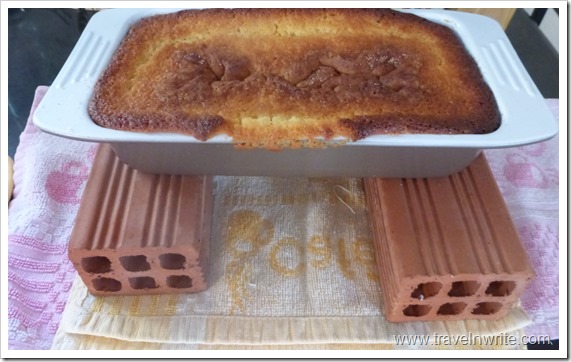 |
| Good to have construction bricks laying around outside |
There it was – a less-than-picture-perfect cake to be sure, but it tasted just as I had it envisioned. I’ve made another since this first attempt and have even expanded my culinary efforts to include an orange cake using fresh oranges my neighbor plucked from her tree and shared with us. I am still using the hand beater and whisk beater. I’ve purchased a glass cake pan. No use rushing into the culinary world.
 |
| A piece of cake? |
Ex pat life a piece of cake? Yes and we’ve only just sampled it! Some are still wondering why anyone would give up ‘the comforts of home’ for something so new and different as living in a new country.
The writer Patrick Leigh Fermor best explained it in his observation: It is ‘a longing for the stimulus of the unfamiliar.’
Thanks again for the time you spent with us today. Hope to see you back again and tell your friends to join us as well! Until we are together again, safe travels to you and yours~

